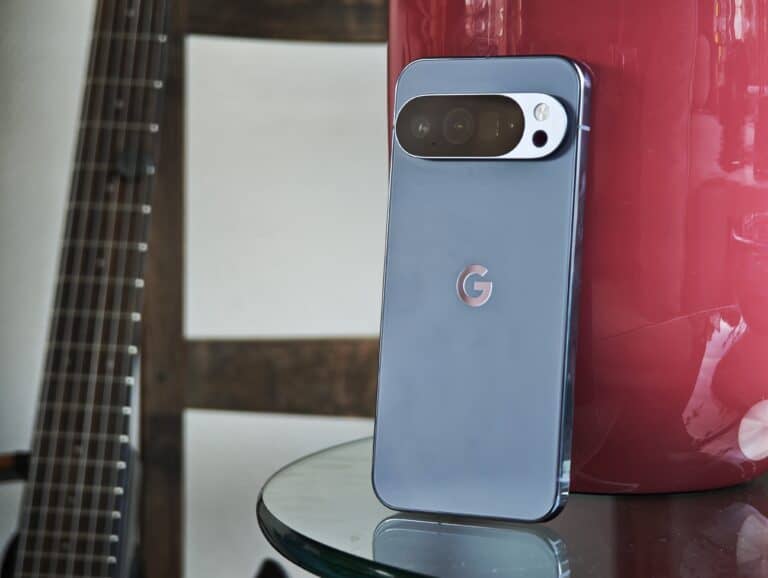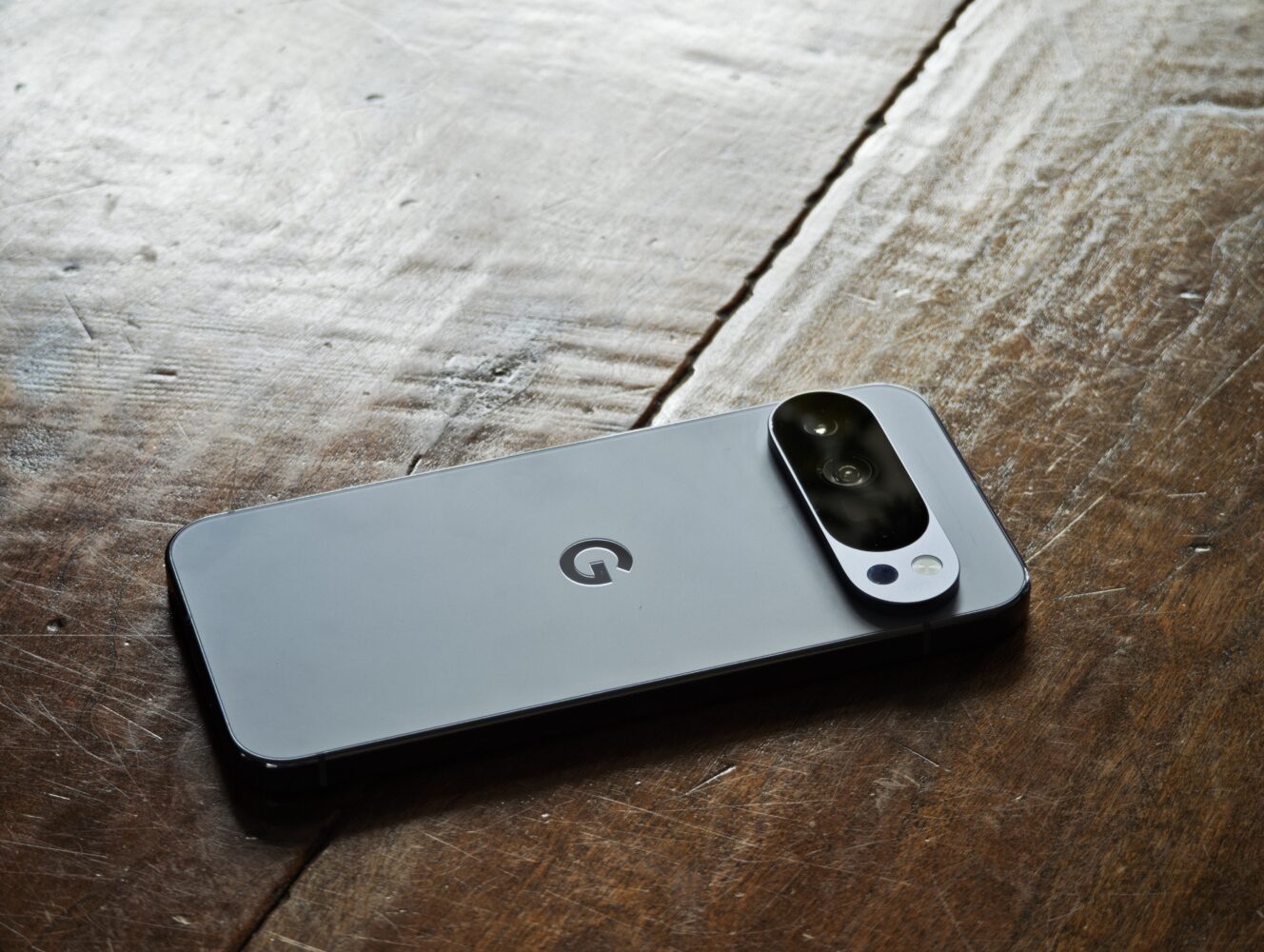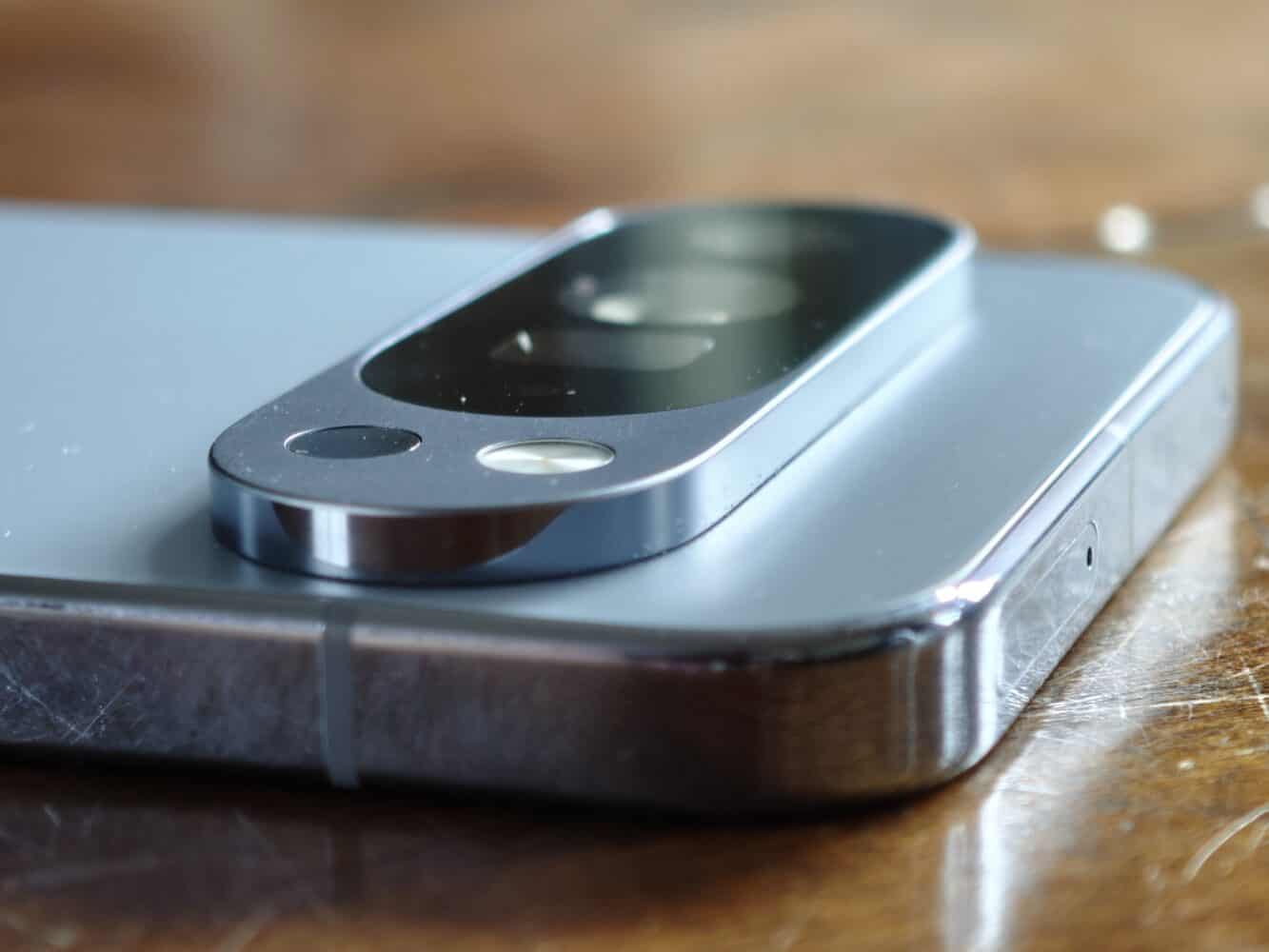Incremental gains are commonplace among the biggest phonemakers globally. The Pixel 10 Pro XL is similarly a small step beyond its predecessor, but Google hopes the improvements are just enough to convince iPhone stalwarts.
From the inception of the Nexus all the way to the Pixel’s eighth iteration, every year’s “Google Phone” meant something different from the norm. Last year, however, the Pixel 9 series represented Google’s best effort to make an Android-equivalent iPhone. From the flat sides to the curvy camera bump, all visual cues were there to iOS users’ trepidations. That is assuming some of them are contemplating the switch to the green side. This continues in 2025, as the Pixel 10 series’ headline feature is its inclusion of the MagSafe-compatible Qi2 standard.
A pain-free transition
It’s evident that Google’s main aim is to lure iPhone users away. This is both something Google itself is asserting and in all ways evident from the company’s priorities. Rather than relying on a reputation of Pixels being the “smartest smartphone”, as some have described it in years past, its main claim to fame is the soft, rounded, friendly face its hardware-software combo provides.
Our initial impression of the Pixel 10 Pro XL fits this narrative well. Although we swapped over from a Galaxy Z Fold 7, the Pixel’s onboarding is as painless as these come. This is in no small part due to our own reliance on a Google account for logins and services, but still, it’s an achievement to make the giant leap to an entirely new phone feel like a small step.
No more lunacy
The Pixel 10 Pro XL is an identical twin to its predecessor, save new colour options including “Moonstone”. The real differences are subterranean, such as Qi2, and the ever-impressive Pixel software. Over the past few years, Google has unmistakenly differentiated its Android development from the flavour of Android we see on Pixel phones. The added benefit is that it is the first phone lineup to receive an OS update. Android 16 proper arrived in June, but the new Material 3 Expressive design language makes its full debut here. It is even more streamlined, rounded off and generally inoffensive.
There’s only one potentially convincing new feature (assuming magnets aren’t enough to convince you): the up-to-100x AI-enhanced Super Res Zoom. Although this allegedly makes even DSLR cameras sweat, we need to add some nuance here. Not only is the option highly situational, it also cannot make up for a lack of anything beyond a 5x optical zoom. Granted, that’s plenty. It’s arguably even overkill for most situations. Nevertheless, we have seen better from the naturally aspirated 10x zoom on 2023’s S23 Ultra for example.


Super Res Zoom kicks in at 30x-100x zoom levels, but is intended not to alter people’s faces. We say it is intended not to, but we have seen scenarios where this filter fails to apply. At any rate, those in the know will be able to tell how the trick works. Say you photograph a duck at a Super Res-suitable range. The “actual” end result, the pixel-binned 48MP cropped photo the sensor actually captured, can still be seen alongside the enhanced variation. What we end up seeing is a grainy, largely useless picture of a duck on the one hand, and its high-fidelity AI replacement. It can be a cool fix for those times you cannot get close to a subject, but it cannot hide the fact the Pixel camera story is effectively the same one we told you last year. We’d have wished for something more ubiquitously useful, such as an effective anti-blur offering. That’s something most phones technically provide, but we have yet to see it rescue a botched picture.


Also read: Review: How mature is the Google Pixel 9 ecosystem?
The Pixel 10 Pro lineup are strong contenders for taking photographs, at any rate. That is to say: these are some of the finest software-enhanced pictures you can take or edit on the fly without much of a learning curve. However, they are a far cry from the megasensors on some Chinese high-end phones lately. And on top of that, we’ve seen it before. If you haven’t upgraded your phone since the Pixel 7 series, say, this is indeed a large jump up.
Battery and performance
Overall, Google’s in-house design Tensor G5 chip is largely solid. The processor, equipped with the usual CPU, GPU and TPU (i.e. AI chip), came from TSMC’s 3nm node. This represents an efficiency boost and/or a power increase versus older process nodes, depending on how vendors utilize the headroom. The G5 will either get the job done when it’s a straightforward workload or be a clear step below the current premium Android workhorse, the Snapdragon 8 Elite. In games and benchmarks, you’ll see the Pixel lag behind a little bit. All in all, this is just relative. Compared to the Pixel 9, performance should be up by up to nearly 40 percent. You’ll hardly notice unless you’re an avid gamer or editing videos on the go.
One thing you will notice on any phone is the battery life. Yes, the Pixel 10 Pro XL is an all-day affair like the overwhelming majority of rivals. There’s one big issue semi-related to the handset itself, though. Bluetooth connectivity was spotty on our test unit, leaving earbuds and Samsung’s latest smartwatch unable to behave properly. When they did connect, battery drain was fierce on both phone and accessory. Again, this may be a bug – the buds and Watch8 worked flawlessly on 2 other Android devices.


Conclusion
Google has chosen its lane. Like parts of the lineup by Samsung, Xiaomi, OnePlus, Nothing and many more, Google’s design and feature list take heavy inspiration from Apple’s travails. This is part of a conscious and logical effort to make Android appear more inviting than ever before.
We have to say that the older Pixels and their once-unique features had a charm to them. Such distinctiveness is now lacking. The similarity in smartphone designs creeping ever closer year by year is a fairly familiar trend. The Pixel 10 Pro XL is no different, and its mix of ease-of-use and continuity is as solidly executed as it is predictable. Being fair to Google, it is excellent on the AI front compared to the flailing notion of intelligence Apple currently offers. Gemini has finally taken up the mantle of in-your-phone assistant, replacing Google Assistant for the most part. There’s a magic feeling whenever you tell your AI companion to complete multiple tasks, have it ask clarifying questions and then executing on your request. Examples include arranging a calendar invite or setting multiple reminders.
The bigger picture here: you can do all that on the Pixel 9 series. You therefore can’t go wrong with the latest Pixel anymore than you can with an iPhone, where gen-on-gen gains aren’t all that important. But… why switch? What’s the hallmark feature you’ll find nowhere else? That’s something we’re left looking for as we close out on our time with the Pixel 10 Pro XL.
Where the S25 Ultra delivers a better screen plus an (admittedly degenerated) S-Pen and some other rivals boast huge batteries, sensors and/or quirky features, the 2025 iteration of a “Google Phone” isn’t unique in those ways. It is simply the easiest to use and the most inoffensively designed option among many. If you want a reliable, pleasant digital companion, you’ve got one here. Qi2 is the only truly outstanding feature. It’s a smart, value-adding option that may trigger some would-be iOS converts. At any rate: if they are instead looking for anything to truly freshen up your phone experience, they ought to look elsewhere, or wait for another breakthrough.
Also read: Review: Google Pixel 9 Pro Fold – chasing its competitors


